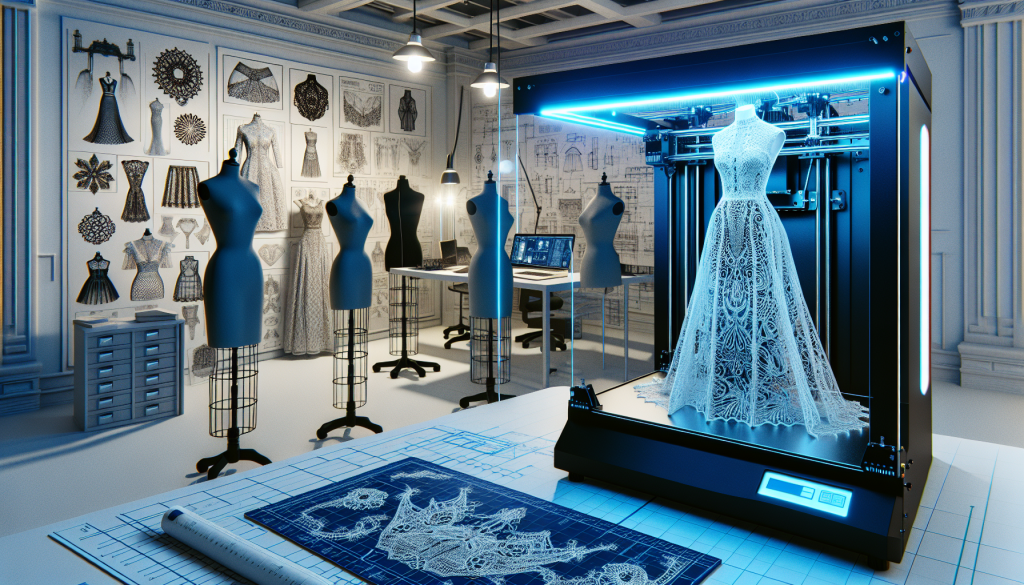
3D-Printed Couture: Technology’s Impact on Bespoke Fashion
3D-Printed Couture: Technology’s Impact on Bespoke Fashion
The world of fashion is constantly evolving, with new trends and techniques emerging every season. One of the most exciting developments in recent years has been the use of 3D printing technology in the world of haute couture. This cutting-edge technology has not only revolutionized the process of creating bespoke garments, but it has also had a profound impact on the fashion industry as a whole. In this article, we will explore how 3D-printed couture is changing the landscape of bespoke fashion and what it could mean for the future of the industry.
The Rise of 3D Printing in Fashion
3D printing, also known as additive manufacturing, has been around for decades, but it wasn’t until recently that it became a popular tool in the fashion world. The technology works by creating three-dimensional objects by layering material, usually plastic, in a specific pattern. This allows designers to create intricate and complex designs with a level of precision and speed that was previously impossible.
From Concept to Creation
Traditionally, the process of creating a bespoke garment involves a designer sketching their vision, creating a pattern, and then physically constructing the garment. With 3D printing, a designer can take their digital design and turn it into a physical prototype in a matter of hours. This not only speeds up the production process but also allows for more experimentation and innovation.
The Impact on Bespoke Fashion
The use of 3D printing in haute couture has opened up a whole new world of possibilities for bespoke fashion. Designers can now create custom pieces with intricate shapes, textures, and details that were previously impossible to achieve. This has led to a resurgence in bespoke fashion, with designers and customers alike embracing the endless possibilities of 3D printing.
The Sustainability Factor
In addition to its creative potential, 3D printing also has a significant impact on sustainability in the fashion industry. By eliminating the need for excess materials and minimizing waste, this technology reduces the industry’s environmental footprint. It also allows for on-demand production, which means fewer items are produced and sitting in inventory, contributing to the issue of overproduction.
The Future of Bespoke Fashion
It’s clear that 3D printing has had a significant impact on the world of bespoke fashion and its future potential is vast. With the technology improving and becoming more accessible, we can expect to see more designers and brands turning to 3D printing to create one-of-a-kind, sustainable, and innovative pieces.
The Bottom Line
The introduction of 3D printing in haute couture has been a game-changer for the fashion industry. It has not only transformed the way garments are created but has also opened up a whole new creative realm for designers to explore. As the technology continues to advance, the possibilities for bespoke fashion are endless, and we can’t wait to see where it takes us next.
